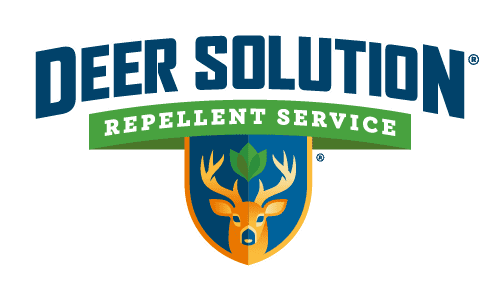Pike County, Pennsylvania, is facing a significant ecological challenge that resonates across many rural and suburban areas: the overpopulation of deer and the consequent damage caused by these creatures.
While specific recent news on deer damage in Pike County is not forthcoming, the overarching issue of deer overpopulation in Pennsylvania provides a relevant backdrop for understanding the situation.
The Overpopulation Issue
Deer overpopulation is a multifaceted problem. In Pike County, as in much of Pennsylvania, deer populations have swelled beyond the capacity of natural predation and environmental checks to manage. This overabundance leads to various ecological and human concerns.
The excessive browsing habits of deer can severely impact local ecosystems, particularly affecting the growth and survival of native plant species and leading to a reduction in biodiversity.
Understanding Deer Overpopulation in Pike County
Deer overpopulation in Pike County is a consequence of several factors. The lack of natural predators and changes in land use patterns have contributed to the deer population’s growth.
This increase is not merely a wildlife phenomenon but a trigger for various ecological, economic, and safety concerns.
Ecological Impacts: Beyond the Undergrowth
The ecological consequences of deer overpopulation are far-reaching. Deer, by their very nature, are browsers and can extensively damage local flora.
This over-browsing leads to the loss of understory vegetation, affecting the forest’s health and biodiversity. It can also hinder forest regeneration, as deer tend to feed on young tree saplings, impacting the long-term sustainability of forests.
Deer Impact on Human Activities
The repercussions of deer overpopulation extend beyond ecological damage. In Pike County, increased deer-vehicle collisions pose a significant public safety risk.
These incidents often lead to substantial economic costs associated with vehicle damage and healthcare expenses. Additionally, agricultural interests face challenges due to deer predation on crops, while residential areas suffer from damage to landscaping and gardens caused by deer.
Ecological Repercussions
The ecological impacts of deer overpopulation are profound. The over-browsing of vegetation by deer can lead to long-term changes in forest compositions and understorey dynamics.
This alteration in plant communities can have cascading effects on other wildlife species and the overall health of the ecosystem.
Navigating the Challenges
Addressing the issue of deer overpopulation in Pike County requires a balanced approach that considers both the ecological impacts and the needs of the human population.
While direct measures for controlling deer populations are not within the scope of this discussion, understanding the implications of overpopulation is crucial for developing effective wildlife management strategies.
The situation in Pike County is emblematic of a broader environmental challenge faced by many regions in managing deer populations. The need for effective strategies that consider both ecological and human factors is vital for sustainable coexistence with wildlife and maintaining the ecological integrity of the region.










